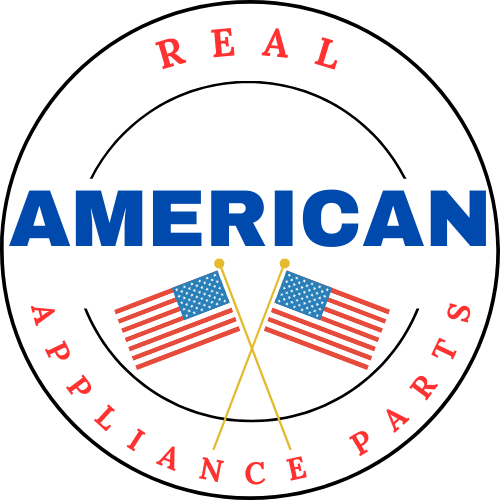Optimizing Service Vehicle Lifecycles: When and Why Appliance Repair Companies Must Evaluate
For appliance repair companies, service vehicles are the backbone of operations. They transport technicians, tools, and parts, ensuring customers receive timely and efficient repairs. However, failing to evaluate service vehicle lifecycles at the right time can lead to increased costs, unexpected breakdowns, and diminished customer satisfaction. Knowing when to assess fleet performance is crucial for maintaining profitability and reliability.
The Hidden Costs of Delayed Evaluations
Neglecting regular evaluations of service vehicle lifecycles can have serious consequences:
- Rising Maintenance Expenses – As vehicles age, they require more frequent and costly repairs, cutting into profit margins.
- Unexpected Downtime – A broken-down vehicle means lost service calls, frustrated customers, and revenue loss.
- Decreased Fuel Efficiency – Older vehicles consume more fuel, leading to unnecessary operating expenses.
- Technician Productivity Decline – Unreliable transportation disrupts schedules and extends repair times.
When to Evaluate Service Vehicle Lifecycles
-
Mileage and Wear
Vehicles exceeding manufacturer-recommended mileage should be assessed for declining efficiency and safety concerns. -
Rising Repair Costs
When maintenance costs surpass the expense of replacing a vehicle, it’s time to consider an upgrade. -
Fuel Consumption Trends
If fuel efficiency is decreasing despite proper upkeep, newer, more efficient models may offer long-term savings. -
Customer Service Impact
Frequent delays due to vehicle issues harm the company’s reputation and customer satisfaction levels. -
Technological Advancements
Newer vehicles offer enhanced GPS, fuel efficiency, and safety features, improving operations and reducing costs.
Strategic Fleet Management for Long-Term Success
Appliance repair companies that prioritize proactive fleet evaluations ensure seamless service operations, reduce costs, and improve customer trust. Establishing a structured evaluation schedule—whether every 100,000 miles, annually, or based on repair cost thresholds—prevents last-minute disruptions.
By implementing a structured approach to service vehicle lifecycle management, companies can stay ahead of breakdowns, reduce operating expenses, and maintain a competitive edge. Regular evaluation isn’t just about replacing vehicles—it’s about ensuring your fleet supports business growth and customer satisfaction.
